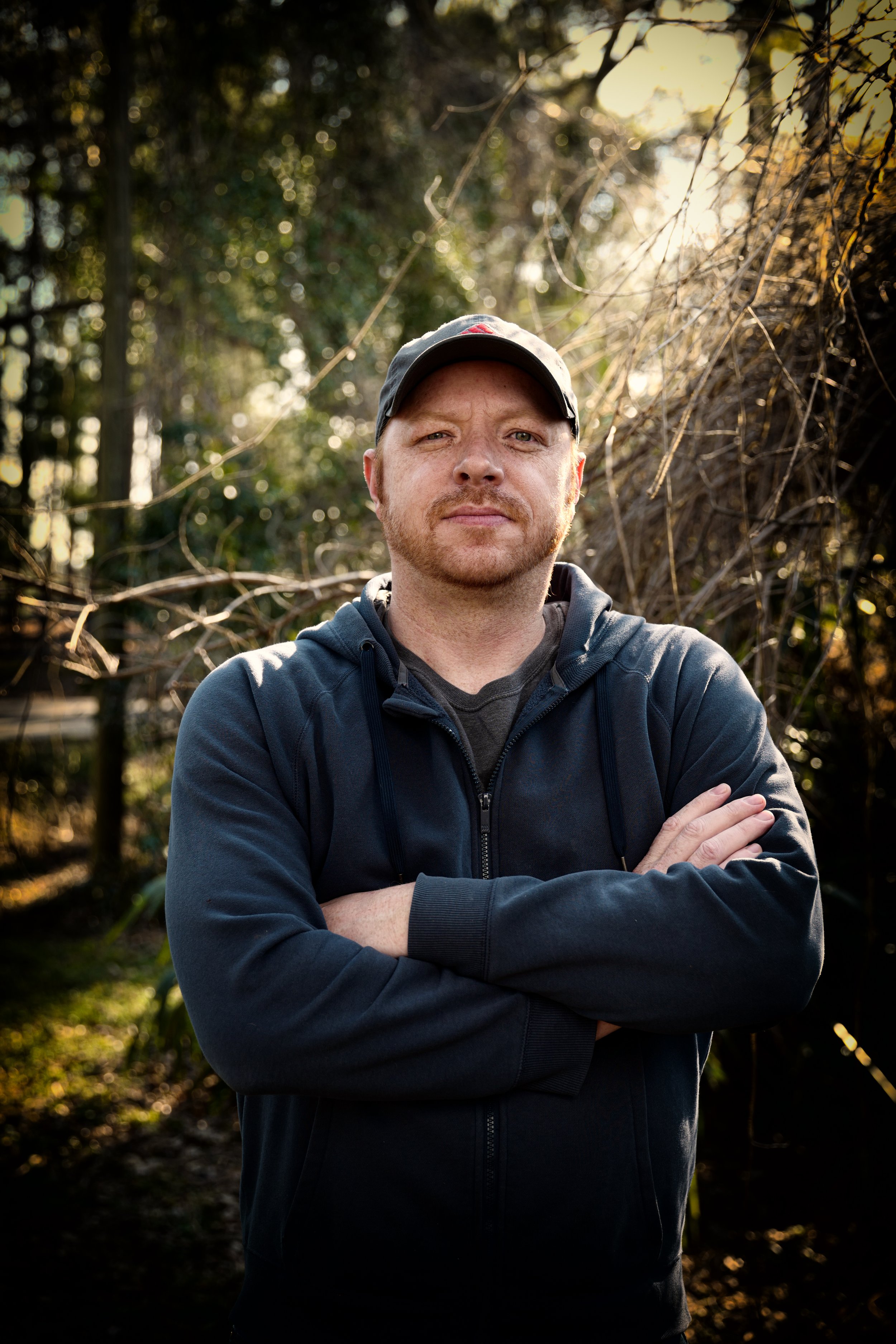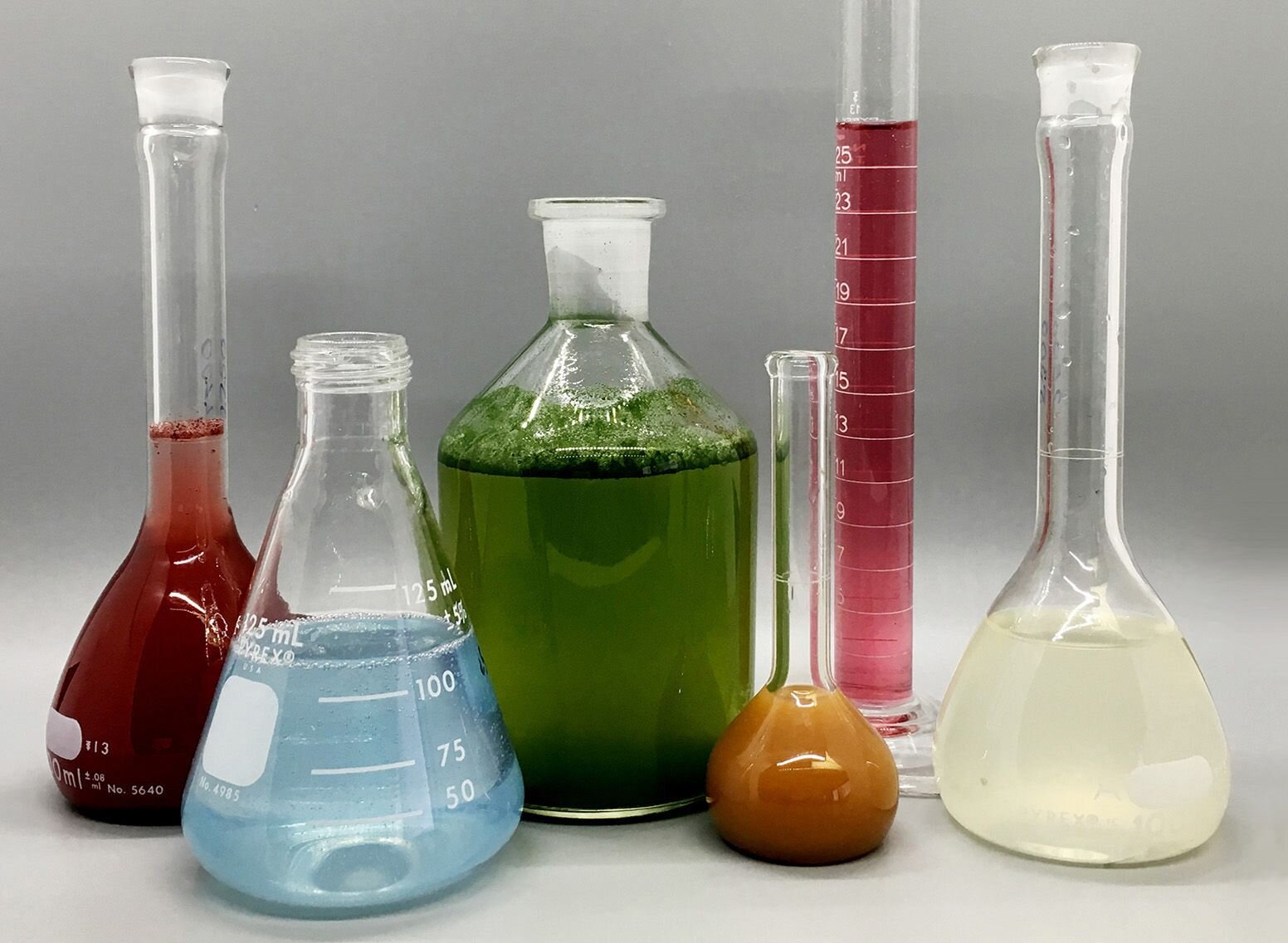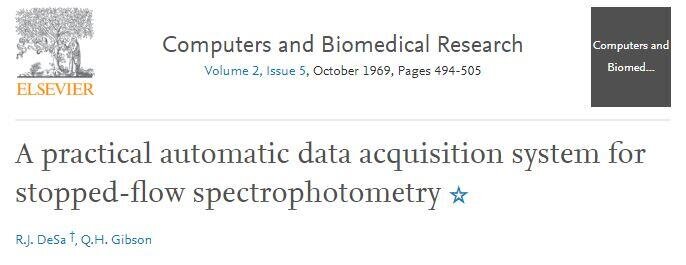All About Circular Dichroism
All About Circular Dichroism
Blog Article
Circular Dichroism Can Be Fun For Anyone
Table of ContentsGetting The Uv/vis/nir To WorkOur Circularly Polarized Luminescence DiariesHow Spectrophotometers can Save You Time, Stress, and Money.Some Known Factual Statements About Circularly Polarized Luminescence The Ultimate Guide To Circular DichroismThe 6-Minute Rule for SpectrophotometersSpectrophotometers Can Be Fun For AnyoneSome Ideas on Circularly Polarized Luminescence You Need To KnowUnknown Facts About Uv/vis/nirSome Known Details About Uv/vis What Does Uv/vis Do?Getting The Circularly Polarized Luminescence To WorkThe Only Guide to Circularly Polarized Luminescence
It is then scanned through the sample and the referral options. Portions of the incident wavelengths are transferred through, or reflected from, the sample and the referral. The resultant light strikes the photodetector gadget, which compares the relative strength of the 2 beams. Electronic circuits convert the relative currents into linear transmission portions and/or absorbance/concentration worths.The transmission of a reference substance is set as a standard (information) worth, so the transmission of all other compounds are tape-recorded relative to the preliminary "zeroed" substance. The spectrophotometer then transforms the transmission ratio into 'absorbency', the concentration of particular parts of the test sample relative to the initial substance.
Given that samples in these applications are not easily available in large quantities, they are particularly fit to being examined in this non-destructive strategy. In addition, valuable sample can be conserved by using a micro-volume platform where just 1u, L of sample is required for complete analyses. A quick description of the procedure of spectrophotometry consists of comparing the absorbency of a blank sample that does not consist of a colored compound to a sample which contains a colored substance.
Everything about Uv/vis/nir
In biochemical experiments, a chemical and/or physical residential or commercial property is selected and the procedure that is used is particular to that home in order to obtain more information about the sample, such as the amount, purity, enzyme activity, and so on. Spectrophotometry can be utilized for a number of strategies such as figuring out optimal wavelength absorbance of samples, figuring out optimal p, H for absorbance of samples, determining concentrations of unknown samples, and identifying the p, Ka of numerous samples.: 21119 Spectrophotometry is also a helpful process for protein purification and can likewise be utilized as an approach to produce optical assays of a substance.
It is possible to understand the concentrations of a two part mixture utilizing the absorption spectra of the standard solutions of each element. To do this, it is needed to know the termination coefficient of this mix at 2 wave lengths and the extinction coefficients of options which contain the known weights of the 2 parts.

The Main Principles Of Circular Dichroism
Region. The concentration of a protein can be approximated by determining the OD at 280 nm due to the presence of tryptophan, tyrosine and phenylalanine.
Nucleic acid contamination can likewise interfere. This technique needs a spectrophotometer efficient in determining in the UV region with quartz cuvettes.: 135 Ultraviolet-visible (UV-vis) spectroscopy involves energy levels that thrill electronic transitions. Absorption of UV-vis light delights molecules that remain in ground-states to their excited-states. Visible area 400700 nm spectrophotometry is used thoroughly in colorimetry science.
These curves can be used to evaluate a brand-new batch of colorant to examine if it makes a match to specifications, e
Traditional visible conventional spectrophotometers can not detect if identify colorant or the base material has product. This can make it difficult to handle color concerns if for example one or more of the printing inks is fluorescent. There are two major setups for visual spectrum spectrophotometers, d/8 (spherical) and 0/45.
Scientists utilize this instrument to determine the amount of substances in a sample. In the case of printing measurements 2 alternative settings are commonly utilized- without/with uv filter to control better the result of uv brighteners within the paper stock.
Uv/vis Things To Know Before You Buy
Some applications require small volume measurements which can be carried out with micro-volume platforms. As explained in the applications area, spectrophotometry can be utilized in both qualitative and quantitative analysis of DNA, RNA, and proteins. Qualitative analysis can be used and spectrophotometers are used to tape-record spectra of substances by scanning broad wavelength regions to figure out the absorbance homes (the intensity of the color) of the compound at each wavelength.

Some Of Circularly Polarized Luminescence
One significant element is the kind of photosensors that are available for various spectral areas, but infrared measurement is also tough because virtually everything gives off IR as thermal radiation, particularly at wavelengths beyond about 5 m. Another problem is that rather a couple of products such as glass and plastic absorb infrared, making it incompatible as an optical medium.
Recovered Dec 23, 2018. Basic Lab Techniques for Biochemistry and Biotechnology (2nd ed.). The vital guide to analytical chemistry.
Oke, J. B.; Gunn, J. E.
The Greatest Guide To Uv/vis/nir

1021/ac50048a728. ISSN0003-2700. Ninfa AJ, Ballou DP, Benore M (2015 ). Basic Laboratory Approaches for Biochemistry and Biotechnology (3, rev. ed.). Hoboken, NJ: Wiley & Sons. p. 77. ISBN9780470924525. OCLC915641828. "Completely Automatic Double Beam - Atomic Absorption Spectrophotometer (AA 8000)". Lab Equipment. Labindia Analytical Instruments Pvt. Ltd. "Spectrophotometry Applications and Principles".
Not known Details About Circularly Polarized Luminescence
Retrieved Jul 4, 2018. Trumbo, Toni A.; Schultz, Emeric; Borland, Michael G.; Pugh, Michael Eugene (April 27, 2013). "Applied Spectrophotometry: Analysis of a Biochemical Mixture". Biochemistry and Molecular Biology Education. 41 (4 ): 24250. doi:10. 1002/bmb. 20694. PMID 23625877. (PDF). www. mt.com. Mettler-Toledo AG, Analytical. 2016. Obtained Dec 23, 2018. Cortez, C.; Szepaniuk, A.; Gomes da Silva, L.
"Checking Out Proteins Purification Strategies Animations as Tools for the Biochemistry Teaching". Journal of Biochemistry Education. 8 (2 ): 12. doi:. Garrett RH, Grisham CM (2013 ). Biochemistry. Belmont, CA: Cengage. p. 106. ISBN 978-1133106296. OCLC 801650341. Vacation, Ensor Roslyn (May 27, 1936). "Spectrophotometry of proteins". Biochemical Journal. 30 (10 ): 17951803. doi:10. 1042/bj0301795.
PMID 16746224. Hermannsson, Ptur G.; Vannahme, Christoph; Smith, Cameron L. C.; Srensen, Kristian T.; Kristensen, Anders (2015 ). "Refractive index dispersion picking up using a selection of photonic crystal resonant reflectors". Applied Physics Letters. 107 (6 ): 061101. Bibcode:2015 Ap, Ph, L. 107f1101H. doi:10. 1063/1. 4928548. S2CID 62897708. Mavrodineanu R, Schultz JI, Menis O, eds.
Excitement About Circular Dichroism
U.S. Department of Commerce National Bureau of Standards special publication; 378. Washington, D.C.: U.S. National Bureau of Standards.
The procedure starts with a controlled source of light that brightens the evaluated sample. In the case of reflection, as this light engages Your Domain Name with the sample, some is taken in or released. The released light travels to the detector, which is analyzed, quantified, and presented as industry-standard color scales and indices.
All terms are assessed over the noticeable spectrum from 400 to 700 nm. In the case of transmission, when the light connects with the sample, it is either absorbed, reflected, or transmitted.
Uv/vis Things To Know Before You Get This
Examples include APHA (American Public Health Association) for watercolor and pureness analysis, ASTM D1500 for petrochemical color analysis, edible oil indices utilized in food, and color analyses of drinks. The simplified mathematics appears like this:. Where T is the transmission coefficient. All terms are evaluated over the visible spectrum from 400 to 700 nm.
Image Credit: Matej Kastelic/ Dr. Arnold J. Beckman and his coworkers at the National Technologies Laboratories first invented the spectrophotometer in 1940. In 1935 Beckman founded the company, and the discovery of the spectrophotometer was their most ground-breaking invention.
Uv/vis/nir Can Be Fun For Anyone
99% precision. Gradually, researchers kept improving the spectrophotometer design to boost its performance. For example, the UV abilities of the model B spectrophotometer were enhanced by replacing the glass prism with a quartz prism. Ultimately, the Model DU was created, consisting of a hydrogen light and other enhancements. This instrument was utilized in commercial labs, clinics, and chemistry and biochemistry departments.
Typically, a spectrophotometer is made up of two instruments, namely, a spectrometer and a photometer. A basic spectrophotometer contains a light source, a monochromator, a collimator for straight light beam transmission, a cuvette to position a sample, and a photoelectric detector.
Rumored Buzz on Spectrophotometers
There are different kinds of spectrophotometers in different shapes and sizes, each with its own purpose or performance. A spectrophotometer determines how much light is shown by chemical components. spectrophotometers. It measures the distinction in light intensity based on the overall quantity of light introduced to a sample and the quantity of beam that travels through the sample service
A spectrophotometer is used to determine the concentration of both colorless and colored solutes in a solution. This instrument is utilized to figure out the rate of a reaction.
Report this page